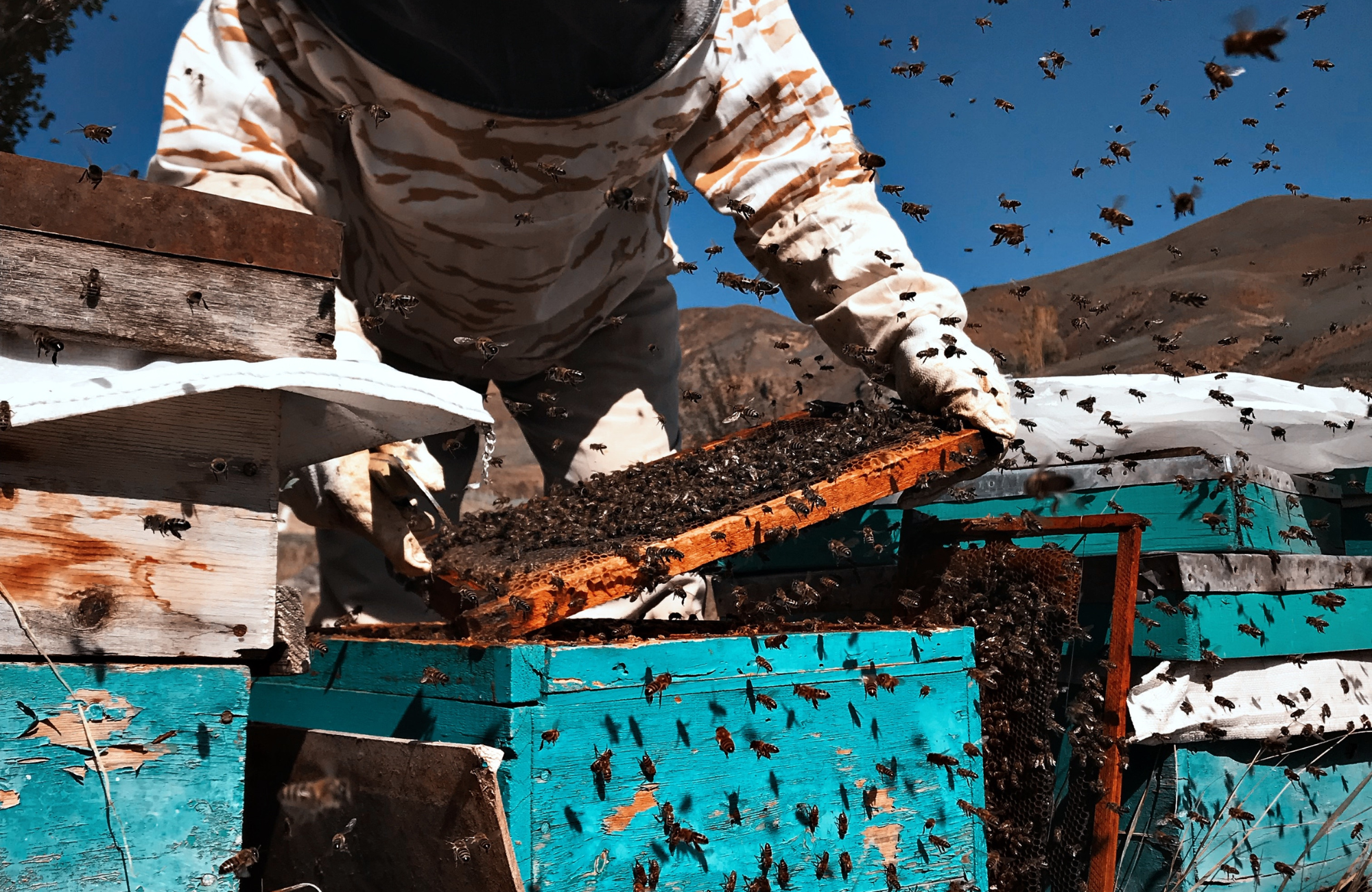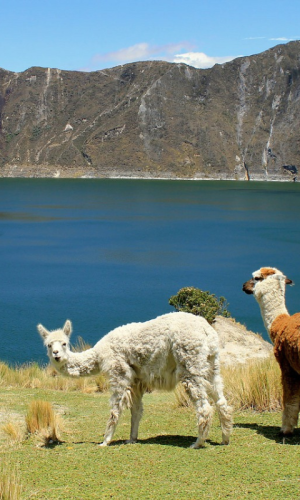A Resource Guide for Science Teachers
Belize, a small but ecologically diverse nation in Central America, is a treasure trove of biodiversity that offers science teachers a unique and engaging classroom resource. From lush rainforests to vibrant coral reefs, this remarkable country teems with life waiting to be discovered. In this blog post, we will explore Belize’s exceptional biodiversity and provide science teachers with valuable insights and resources to enrich their curriculum.
The Biodiversity of Belize
- Rainforests and Wildlife: Belize is home to extensive rainforests teeming with diverse flora and fauna. Science teachers can explore topics like tropical ecology, plant adaptations, and animal behavior while delving into this lush environment. Students can learn about the jaguars, tapirs, toucans, and countless other species that call these rainforests home.
- Coral Reefs and Marine Life: Along Belize’s coastline lies the Mesoamerican Barrier Reef, the second-largest barrier reef system in the world. Lessons on marine biology, coral ecology, and climate change impacts can come to life through this vibrant underwater world. The endangered manatee, nurse sharks, and a kaleidoscope of reef fish are just a few of the marine species awaiting exploration.
- Birdwatching Paradise: Belize boasts over 600 species of birds, making it a haven for birdwatchers. Science teachers can integrate lessons on ornithology, migration patterns, and bird adaptations. Encourage students to spot elusive harpy eagles or listen to the melodic songs of colorful toucans.
Educational Opportunities in Belize
- Field Trips: Organize field trips to Belize’s national parks, reserves, and wildlife sanctuaries. These hands-on experiences can include guided tours, wildlife observation, and data collection to engage students in real-world scientific research.
- Local Experts: Collaborate with local conservationists, biologists, and guides who can share their expertise with your students. These interactions provide valuable insights and encourage a deeper understanding of Belize’s biodiversity.
- Citizen Science: Engage students in citizen science projects focused on Belize’s ecosystems. Encourage them to participate in initiatives like coral monitoring, wildlife tracking, or birdwatching counts.
Resources for Science Teachers
- Online Databases: Utilize online databases and resources such as the Belize Biodiversity Information System (BBIS) and the Belize National Biodiversity Database to access scientific data, maps, and research materials.
- Educational Materials: Seek out educational materials and lesson plans tailored to Belize’s biodiversity. Organizations like the Belize Audubon Society and the Belize Zoo offer curriculum resources.
- Community Involvement: Encourage students to get involved in community-based conservation efforts in Belize. These experiences can foster a sense of responsibility and a lifelong commitment to biodiversity preservation.
Belize’s rich biodiversity offers science teachers a remarkable opportunity to engage students in hands-on, experiential learning. By exploring the country’s rainforests, coral reefs, and diverse ecosystems, students can gain a deeper appreciation for the natural world and the importance of conservation. Whether through field trips, collaborations with local experts, or citizen science projects, Belize’s biodiversity can become a powerful educational tool that inspires future scientists and conservationists.



